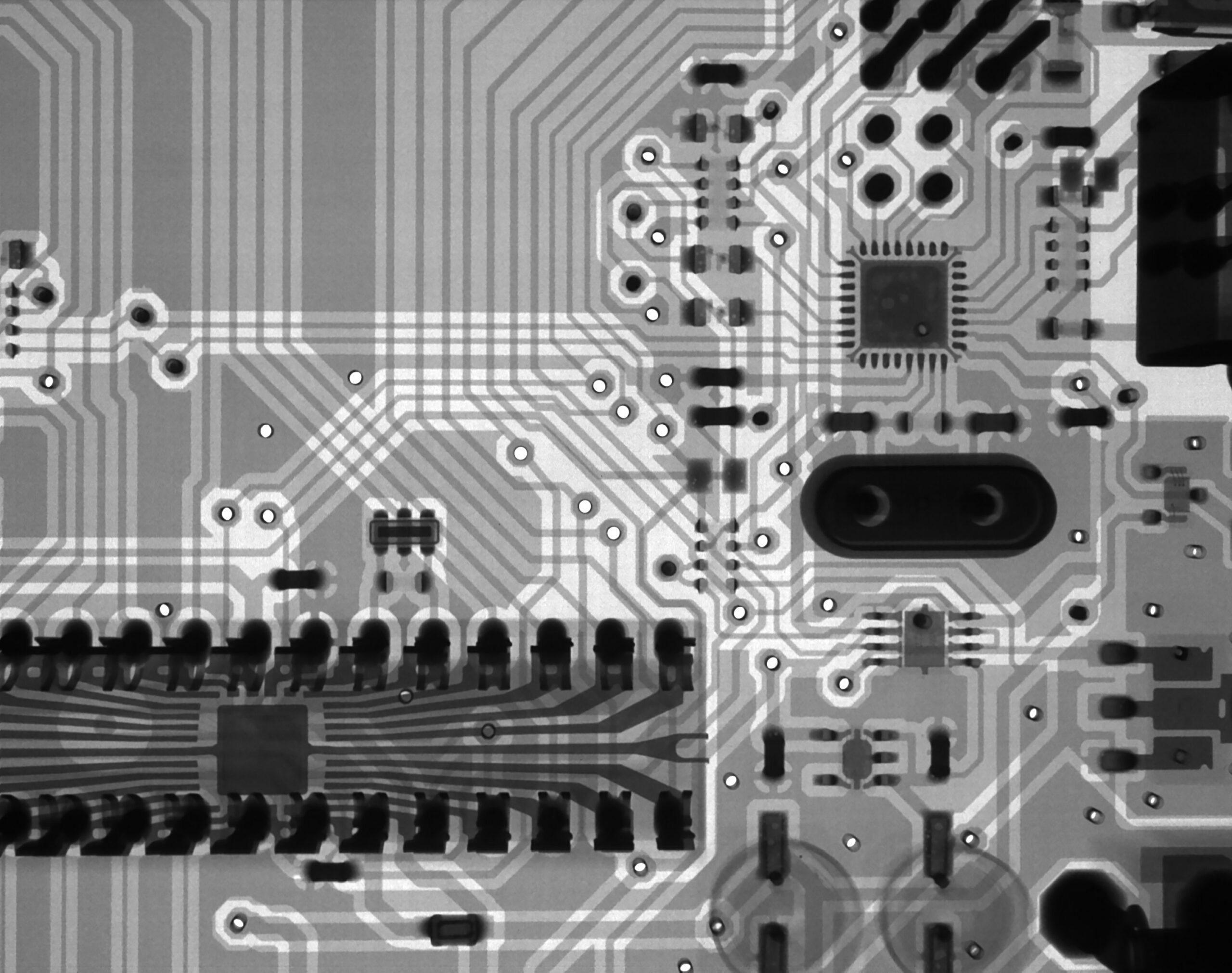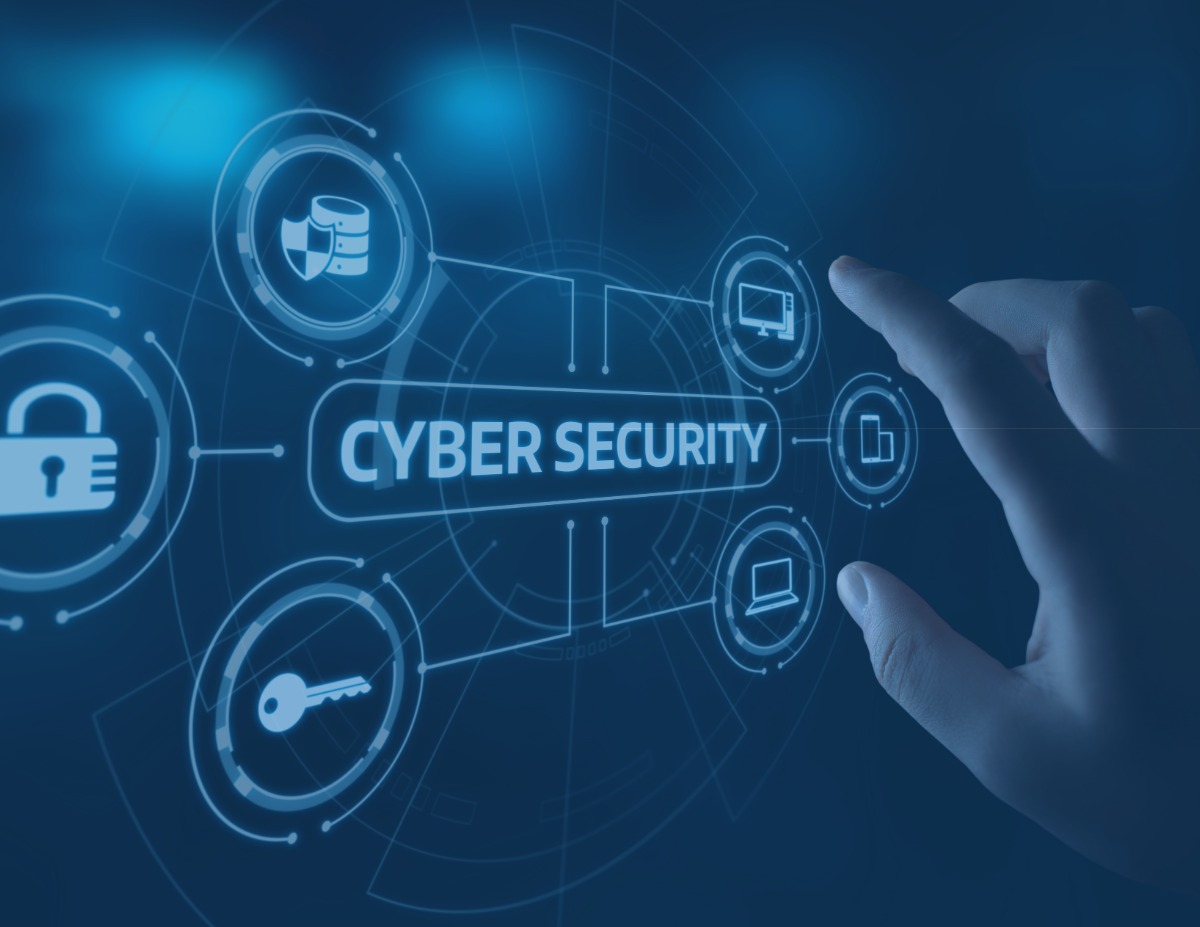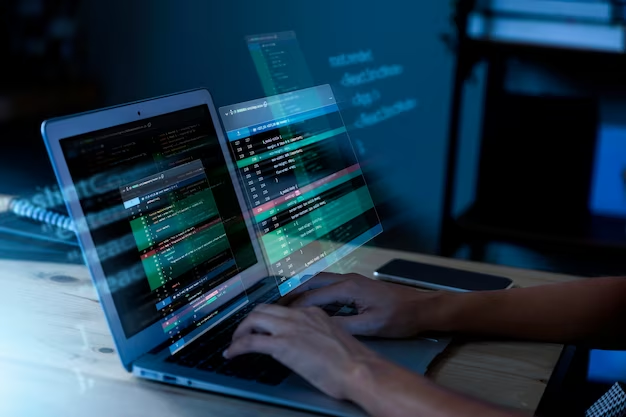By Rick Martinez, Austin Lane Technologies
In today’s digital landscape, where cyber threats are increasingly sophisticated and prevalent, protecting sensitive information and ensuring secure access to systems have never been more critical. One of the most effective methods to enhance security is Multi-Factor Authentication (MFA). This article delves into the importance of MFA, how it works, and why every organization should implement it.
What is Multi-Factor Authentication?
Multi-Factor Authentication (MFA) is a security mechanism that requires users to provide two or more verification factors to gain access to a resource, such as an application, online account, or VPN. Unlike traditional single-factor authentication, which relies solely on a password, MFA combines two or more independent credentials: what you know (password), what you have (security token), and what you are (biometric verification).
How MFA Works
- Password: The first layer typically involves a traditional password.
- Second Factor: This could be a text message with a code sent to the user’s mobile phone, an email with a verification link, a phone call, or an authenticator app that generates time-sensitive codes.
- Biometric Verification: Some systems incorporate biometrics such as fingerprints, facial recognition, or voice recognition as an additional layer of security.
Why MFA is Crucial
- Enhanced Security: MFA’s primary advantage is that it significantly strengthens security. Even if a hacker manages to steal a password, they will still need the second or third authentication factor, which is often much more difficult to obtain.
- Mitigating Phishing Attacks: Phishing attacks aim to steal login credentials. MFA makes it harder for attackers to gain access to accounts even if they succeed in obtaining a password.
- Protecting Sensitive Data: Organizations handle vast amounts of sensitive data, from personal information to financial records. MFA adds an essential layer of protection to ensure that only authorized users can access this data.
- Compliance with Regulations: Many industries are subject to stringent regulations that require robust security measures to protect data. Implementing MFA helps organizations comply with standards such as GDPR, HIPAA, and PCI-DSS.
- Reducing Fraud: MFA can drastically reduce fraud for businesses, particularly those in the financial sector. By verifying identities more rigorously, fraudsters can no longer perform unauthorized transactions.
Implementing MFA
Implementing MFA can be straightforward, but it requires careful planning to ensure it fits seamlessly into your organization’s workflow. Here are some steps to consider:
- Evaluate Your Needs: Identify the systems and data that need additional protection. Consider the various MFA options available and choose the one that best suits your security requirements and user convenience.
- Educate Your Users: Inform your employees or users about the importance of MFA and how it works. Provide training sessions to ensure everyone understands how to use it effectively.
- Choose the Right Tools: Many MFA solutions are available, ranging from hardware tokens to software-based authenticators. Select tools that are compatible with your existing systems and easy for users to adopt.
- Test and Monitor: Before fully rolling out MFA, test it in a controlled environment to identify any issues. Once implemented, continuously monitor its effectiveness and make adjustments as necessary.
Challenges and Considerations
While MFA significantly enhances security, it is not without challenges:
- User Convenience: Some users may find MFA cumbersome. Balancing security and user convenience is essential. Consider using adaptive authentication that adjusts the level of verification based on the risk level.
- Cost: Implementing MFA can be costly, especially for small businesses. However, enhanced security and potential reduction in data breaches often justify the investment.
- Integration: Integrating MFA with legacy systems can be complex. It is crucial to ensure that the chosen MFA solution is compatible with your existing infrastructure.
MFA: A robust and effective way to protect sensitive information
In an era of increasingly sophisticated cyber threats, relying solely on passwords for security is no longer sufficient. Multi-Factor Authentication (MFA) offers a robust and effective way to protect sensitive information and secure access to critical systems. By adding multiple layers of verification, MFA makes it significantly harder for cybercriminals to breach accounts and systems. For any organization serious about cybersecurity, implementing MFA is not just an option but a necessity. Embrace MFA today and take a decisive step towards securing your digital future.









